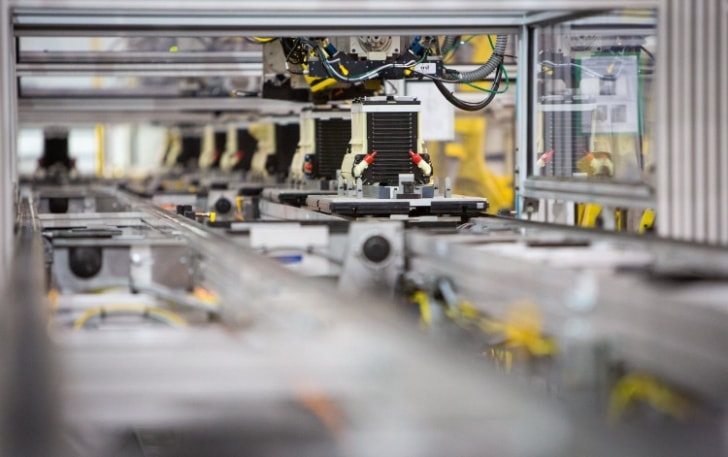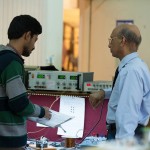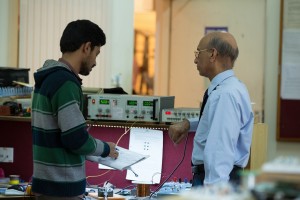Recently, a German manufacturer refused to manufacture in India because he wasn’t convinced of Indian ability to meet his quality standards. He compared a simple switch board that was fixed crooked at an Indian public office to a German one that was perfectly in place. A UK based designer working with Indian textiles recently refused to source his products locally from Indian weavers due to lack of quality. This is in spite of the fact that bulk manufacture of Indian embroidery and textiles has a potential to woo international market. A customer at a jewellery store was disappointed with a custom-made silver plaque that was badly crafted despite initially promising good quality, and rejected the piece.
In India, you and I observe this lack of quality awareness in everyday life – be it with household equipment or a garment. In the examples quoted above, all it needed was quality awareness on the part of the electrician who fitted the switch board on the wall – he needed to not only know what was straight and what was not, but also feel the pride and confidence in his own work to ensure that he fixed it straight. The artisan creating the decorative plaque needed to feel pride in his work to ensure that he crafted a perfect piece – and the salesperson needed to know that if the piece was not good enough, he should not have even offered it to the customer as the reputation of his business was at stake.
So, what is good quality? Quality is not just a certificate (such as ISI or BIS) that can be given to products. It is an attitude that reflects the DNA of an organisation or an individual. Sadly, today the spheres of knowledge and performance do not work in synchrony. This emphasises the increasing need for quality awareness in the entire population, whether a factory worker, artisan, salesman or manager.
Holding financial constraints responsible for lack of quality is certainly not justifiable. A sense of pride in work and ownership associated with one’s work can overcome most constraints.
Craftsmen and technicians in India suffer from a lack of exposure to quality in production. The present day social environment has poor esteem for a blue-collar job in all work places across the country, and has very little respect for the dignity of labour. This acts as a demotivating factor for workmen and is hurting India in many ways. This is where China and other countries have an edge over India. Today, China maintains a work culture that is unbiased and treats as equally valuable, the contribution of every type of workforce.
Change must begin with the individual and spread across organisations. Even an average technician must be aware of good quality. He must hold a sense of pride in his work. Quality begins with design and continues through workmanship in the production process right to maintenance and customer service. China, which has a GDP five times that of India and a manufacturing sector ten times bigger, had a reputation some years ago in the international market, of producing poor quality goods. China has overcome that stigma by going on a war-footing and drastically improving quality. Here in India, if a locally produced item is shoddy and lacks basic attention to detail, we can neither aspire to ‘Make in India’ nor transform India into a global manufacturing hub.
The ‘Make in India’ initiative needs to leapfrog over the initial pitfalls of poor quality that China faced, and establish a global reputation of ‘High Quality’ for goods produced in India. This can be only achieved by a concerted parallel effort on several fronts, quality awareness being one of the foremost.





